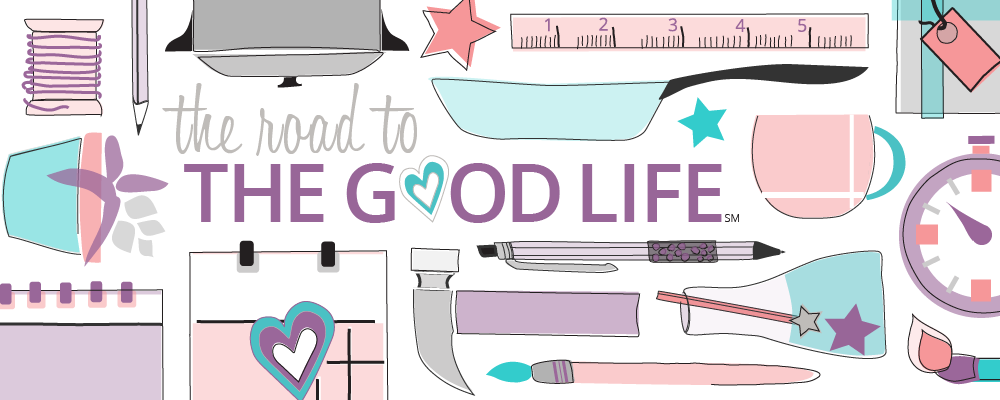Tips: Taking Concert Shots
I've been lucky to shoot local Bay Area musicians in a variety of venues - small intimate clubs, casinos, lounges, bars, etc. I've now shot nine different artists/groups - a few multiple times.
I started shooting musicians in February 2007, so I'm still learning. When I began, I didn't realize how challenging shooting in low light and varied lighting situations was/is. Each location has its unique challenges - in some bars, the musicians aren't under lights; in some clubs and lounges, the musicians are under lights that change frequently. As I've been shooting, I've been referring to a variety of sites for improving my images. Some of the tips I follow - as well as a list of resources - appear below.
Two tips that aren't technique related that I swear by are as follows:
I started shooting musicians in February 2007, so I'm still learning. When I began, I didn't realize how challenging shooting in low light and varied lighting situations was/is. Each location has its unique challenges - in some bars, the musicians aren't under lights; in some clubs and lounges, the musicians are under lights that change frequently. As I've been shooting, I've been referring to a variety of sites for improving my images. Some of the tips I follow - as well as a list of resources - appear below.
Two tips that aren't technique related that I swear by are as follows:
- Become friends with the band; you may get more access and as you get to know the band you'll get better shots. Share your photos with the band.
- Respect band member's wishes - if someone only wants to be shot from the left, be nice and stay to the left. If the band trusts you to protect their image, when you're in a venue that requires a photographer's pass, you may find yourself on the list.
Technique Tips:
- Check with the venue to see if cameras are allowed.
- Choose a fast lens - maximum aperture of 2.8 or greater.
- Select a fast lens with IS (image stabilization) if possible.
- Shoot in RAW mode.
- Start with an ISO of at least 800; don't be afraid to bump it up to 1600 or 3200 if your image is underexposed. Grain (noise) over missing the shot altogether is worth it.
- Set white balance to Tungsten. "This is the main light source after all. Don't be to worried about skin tones being of; those color gels are there for a reason. Alternatively, use K and set color temp to 2800 to 3400K depending on taste and front light color. Use 2800 when dominant 'warm' and 3400 when dominant 'cool' lighting is used."
- "In order to freeze most of the motion of the musicians, ... use a reasonably fast shutter speed. On a wide angle ... [don't] go below 1/30 sec, and for ... longer lenses ... try to stay above 1/100 sec."
- If flash is allowed, and you're within range of the band - no more than 10 feet with most flash units - dial down the power to give performers just a kiss of flash.
- "[I]f the light show is particularly dramatic, ... switch to aperture priority to keep up with the ever-changing light (if ... shutter speeds [are] high enough [- 1/30 sec for wide angle lenses and 1/100 for longer lenses])."
- Use spot metering if musician is in a spotlight and meter on the performer's face. Increase exposure compensation either a half stop or full stop.
- Use spot metering or center-weighted metering if stage has flashing lights all around. See Steve Mirarchi's tips on which to choose.
- "Get some wide angle shots, close-ups, and mid-range portraits. And turn around and face the crowd every once and awhile, you might get some awesome crowd shots!"
- "Don't take close-ups of the performers' faces from a steep angle below them. All you'll see is nostrils.
- "Don't take wide angle shots of women performers. It often doesn't look wery flattering."
Resources:
- List of resources
- Concert, Stage, and Low-Light Photography: A Tutorial by Steve Mirarchi
- RCPM: Concert photography tips
- Concert Photography on On-No.net
- Tips for live music/concert photography on Boudist
- Concert Photography Tips: An FAQ Perhaps
- Concert Photography Tutorial by Emmett Lollis Jr.
- 4 Concert Photography Tips
- Photographing Great Concert Photos
- Concert Photography on PhotoCritic.org
Ciao Bella!
Eden
